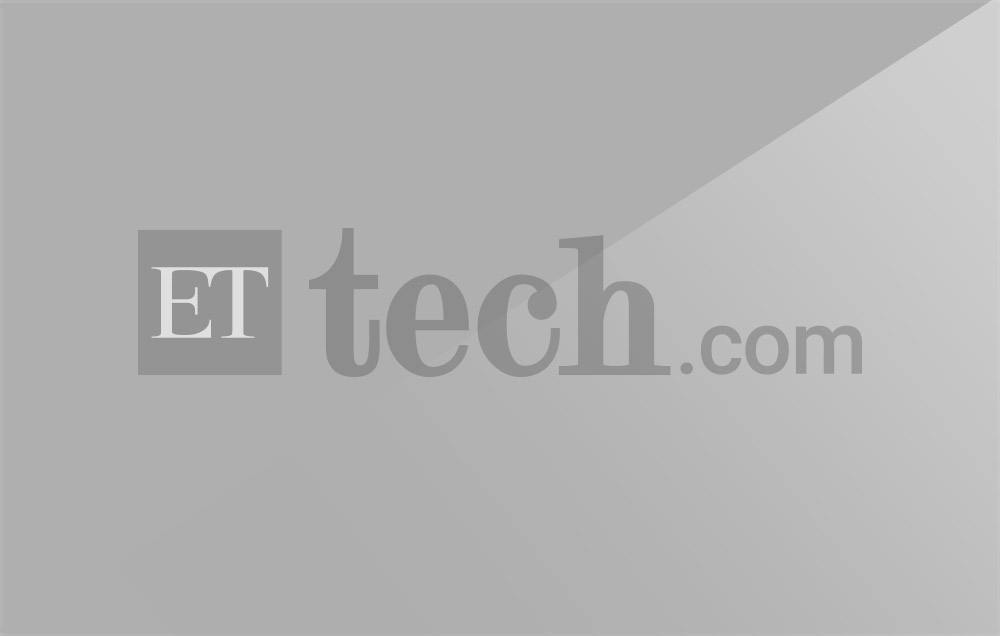
“I started with SMS jokes when I was in school, back in 2010. We used to post them as status messages on our Facebook pages. Then, in 2012, we began our meme page The BACK Benchers,” says Muhammed Aqib T P who runs a Facebook page that has over 4 million followers.
Memes have emerged as a lucrative profession for its creators.
Last week, when Zomato acquired UberEats, competitors took no time to engage with users through this new-age content marketing tool, which had become an instant hit when it began life on social media a few years ago.

However, generating memes on Instagram, TikTok and Facebook is now starting to become an integral part of marketing budgets for brands that want to stay relevant and topical online. These brands are using popular meme pages such as Laughing Colours, Confused Atma and Sarcastic Indian across social media.
“We started our meme page in 2010 from Mumbai. Even in 2015, companies were not ready to pay for branded memes, but things have changed today,” says Harpreet Singh, co-founder of RVCJ Media, which has 14 million followers on social networking site Facebook.

A consumer brand spends Rs 1,000-50,000 on a meme. A page with a million likes charges Rs 1,000-Rs 1,500 for visibility on Facebook and around Rs 3,000 for Instagram, creators said. And, depending on the category of influencers, TikTok charges between Rs 5,000 and Rs 3 lakh.
Earlier, meme pages used to make money mainly through Google advertisements, videos or cross promotions. Today, they rack up anywhere between Rs 10 lakh and Rs 4-6 crore in yearly turnover.

Some brands that have been active with meme marketing include OnePlus, Truecaller, Dream11, LG and Big Bazaar, apart from big players in the e-commerce and soft-drinks space.
Brands use memes for promotions, taking a dig at competition, and for product launches. The demand for memes as a marketing tool increases ahead of festive seasons and occasions like the Cricket World Cup or Indian Premier League matches. Usually, a brand engages with meme creators for two-three memesa week.

Apart from memes, brands have also started to spend on stickers and GIFs to advertise on daily chats,chiefly through Facebook-owned instant messaging platform WhatsApp.
Political parties, too, have significantly increased their spending on memes. During elections, a party engages meme pages for about 30 days and spends Rs 60,000-Rs 80,000.
Experts,however, said popular meme pages are reluctant to engage with paid political memes.
Making of a Meme
It takes around two hours, on average, for creators to generate memes, but costs depend on how popular they are online.
Memes work as a short form for content and are easily understood as the user hardly spends 10seconds on it, said Singh of RVCJ Media, adding the company works with over 100 creators and around 50 brands in a month.
Broadly, meme content differs from one Facebook or Instagram page to another. The memes are made based on the age group and the audience the page caters to.Today, there are around 150-200 meme pages across social media.
“A number of pages like ours started around 2012 and has evolved with time. So, our followers are mainly from the generation of the 90s and hence the memes and jokes created are around them,” Aqib T P of The BACK Benchers said.
Further, each page has a niche audience, based on which the brands place the memes. Typically, brands place memes on multiple pages at the same time.
“The market in India is still nascent and there is abundant scope…as brands are increasingly spending on memes,” said Ashutosh Harbola, co-founder of influencer marketing firm Buzzoka, which recently forayed into meme marketing.
Leave a Reply